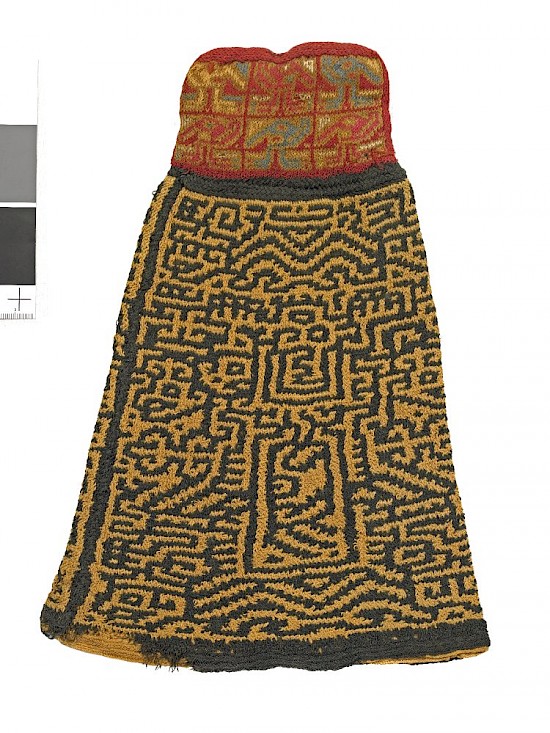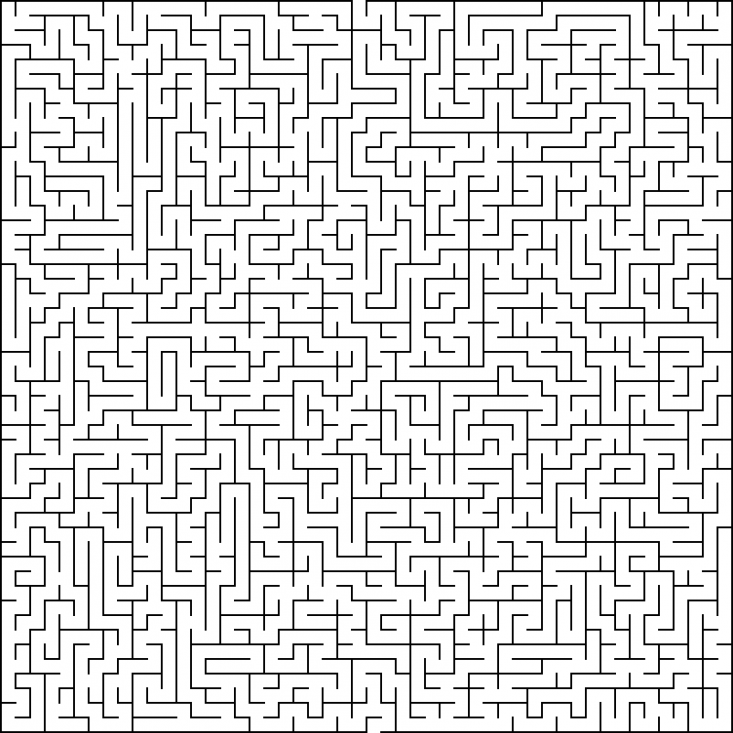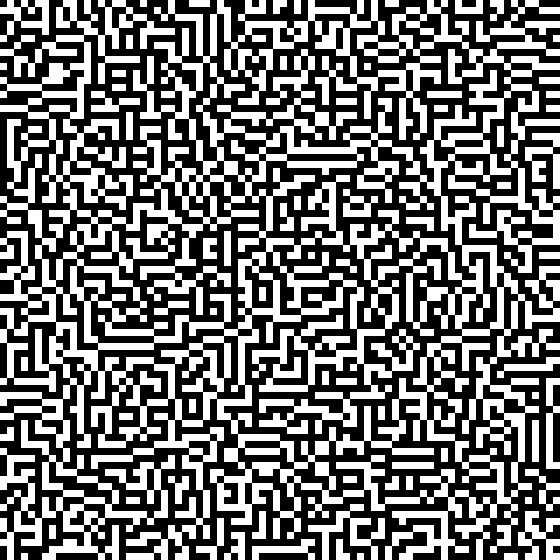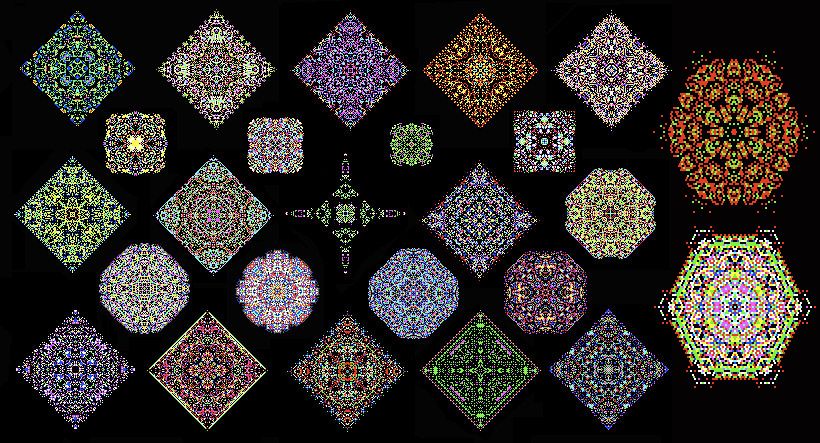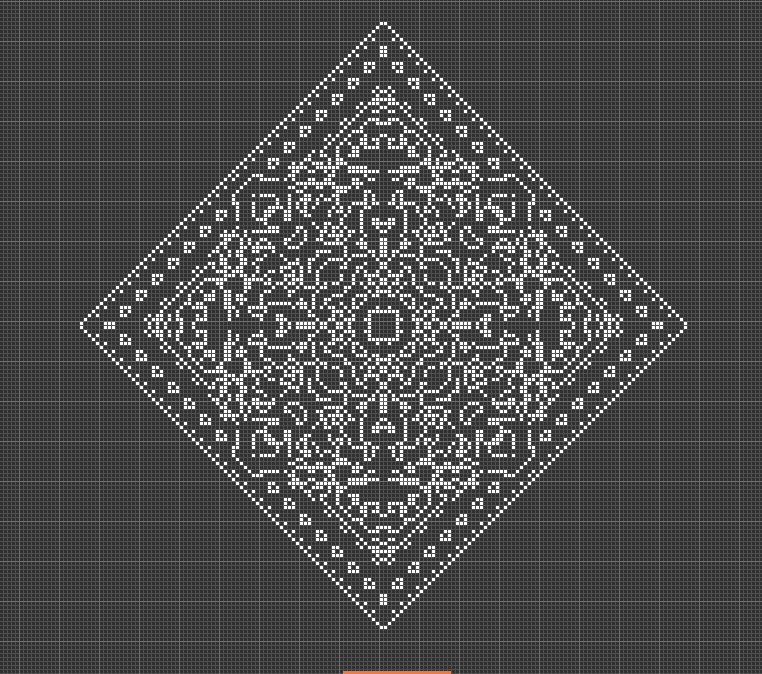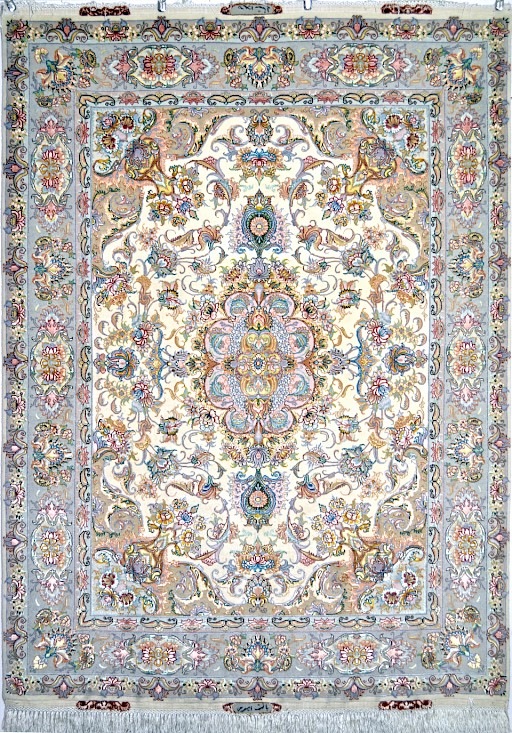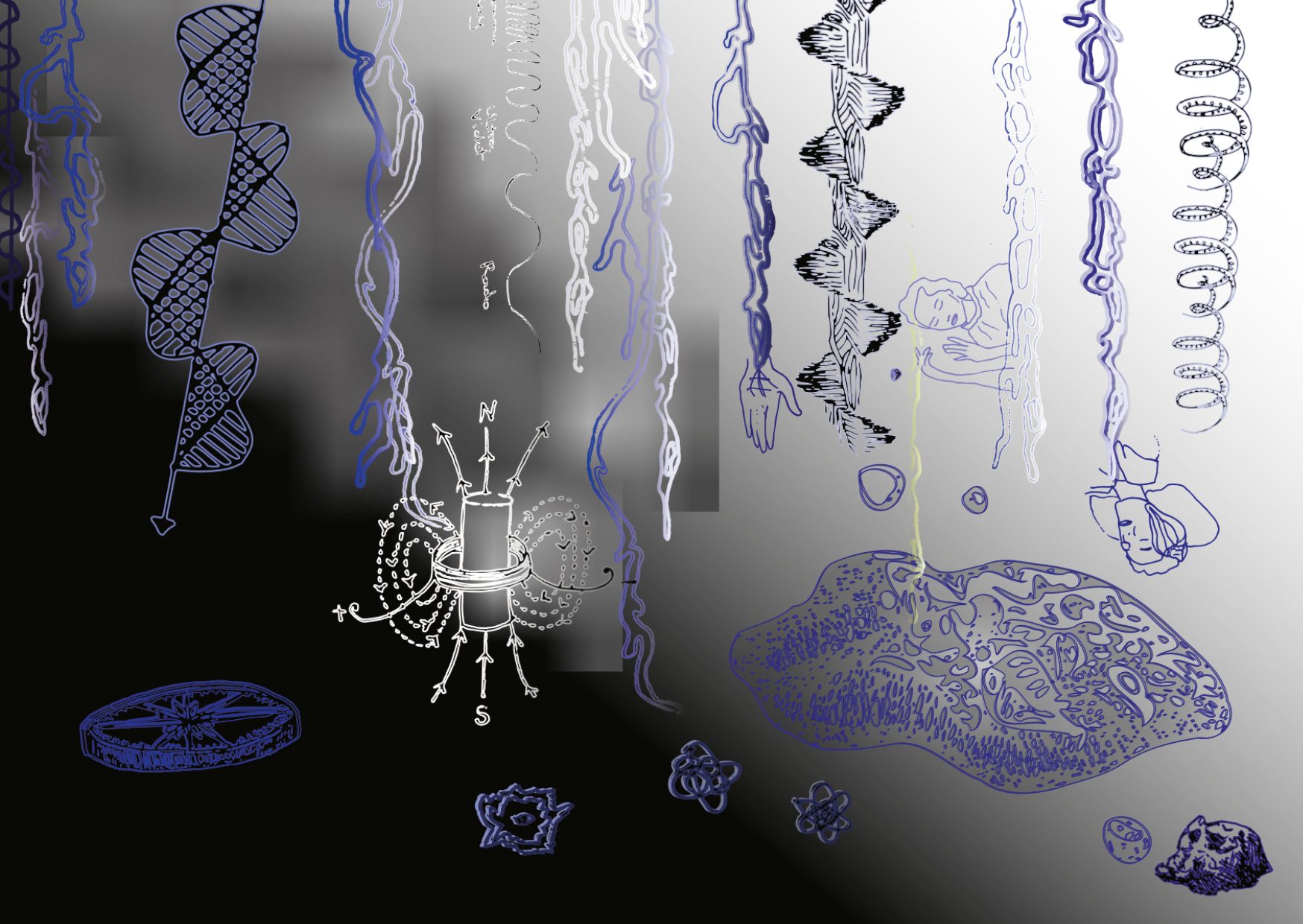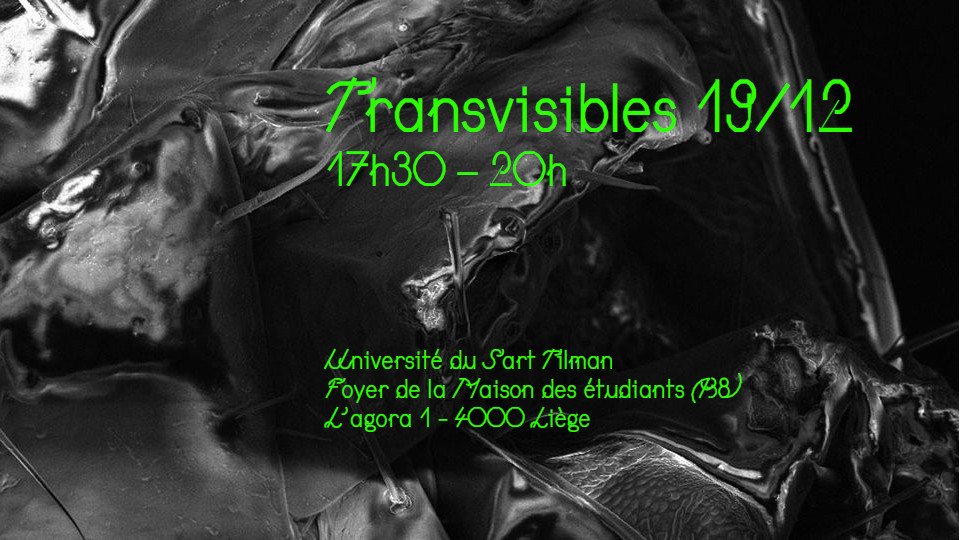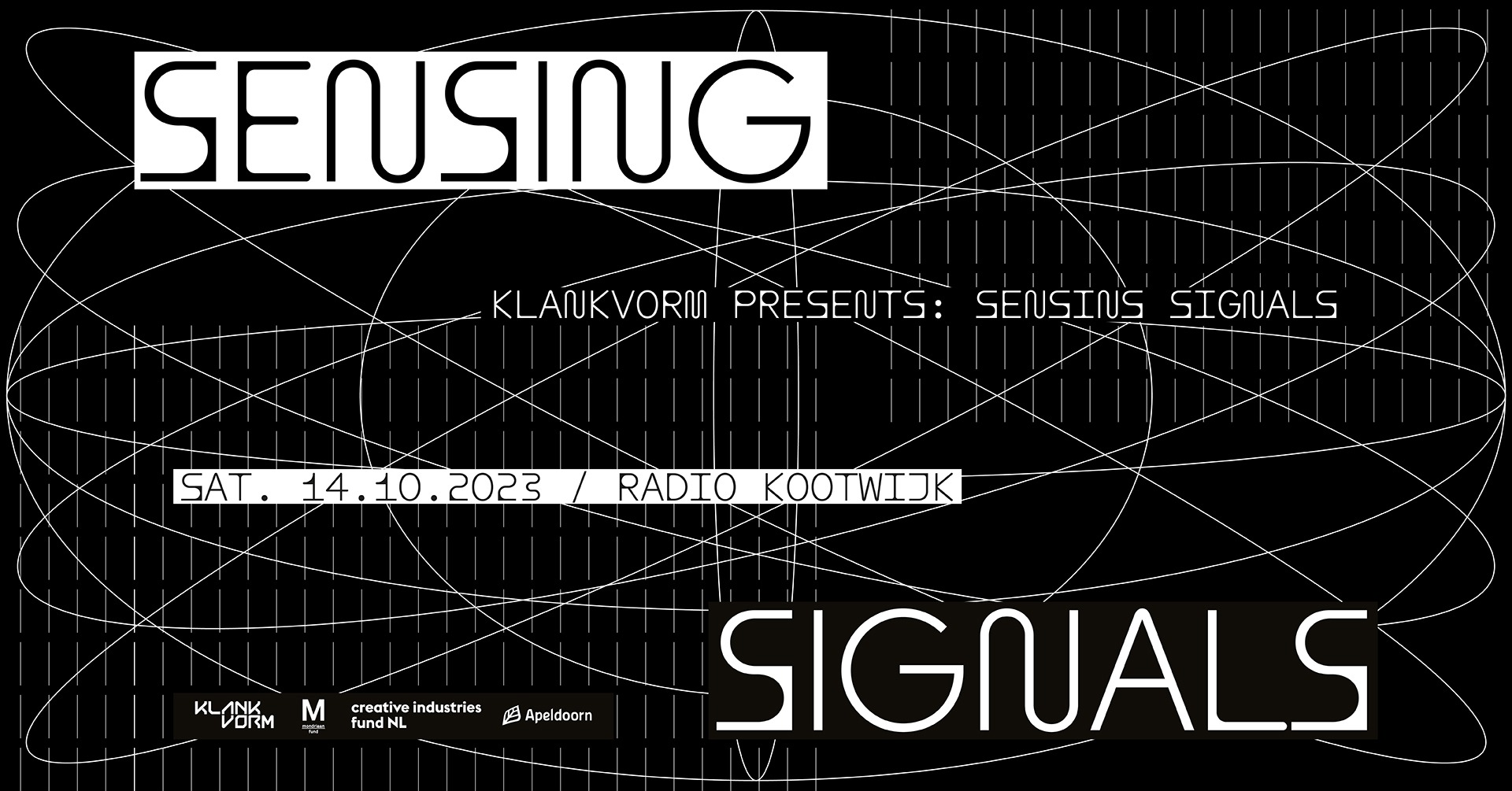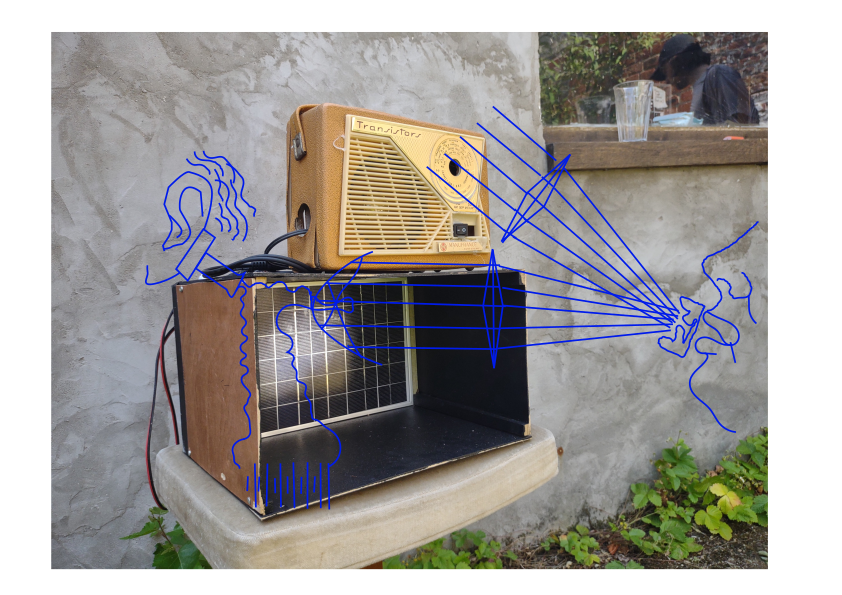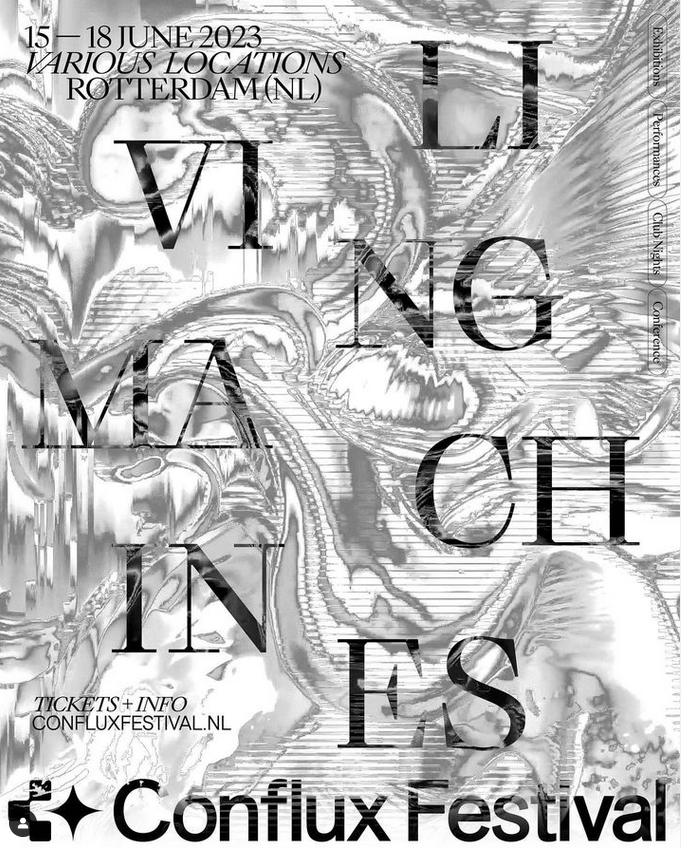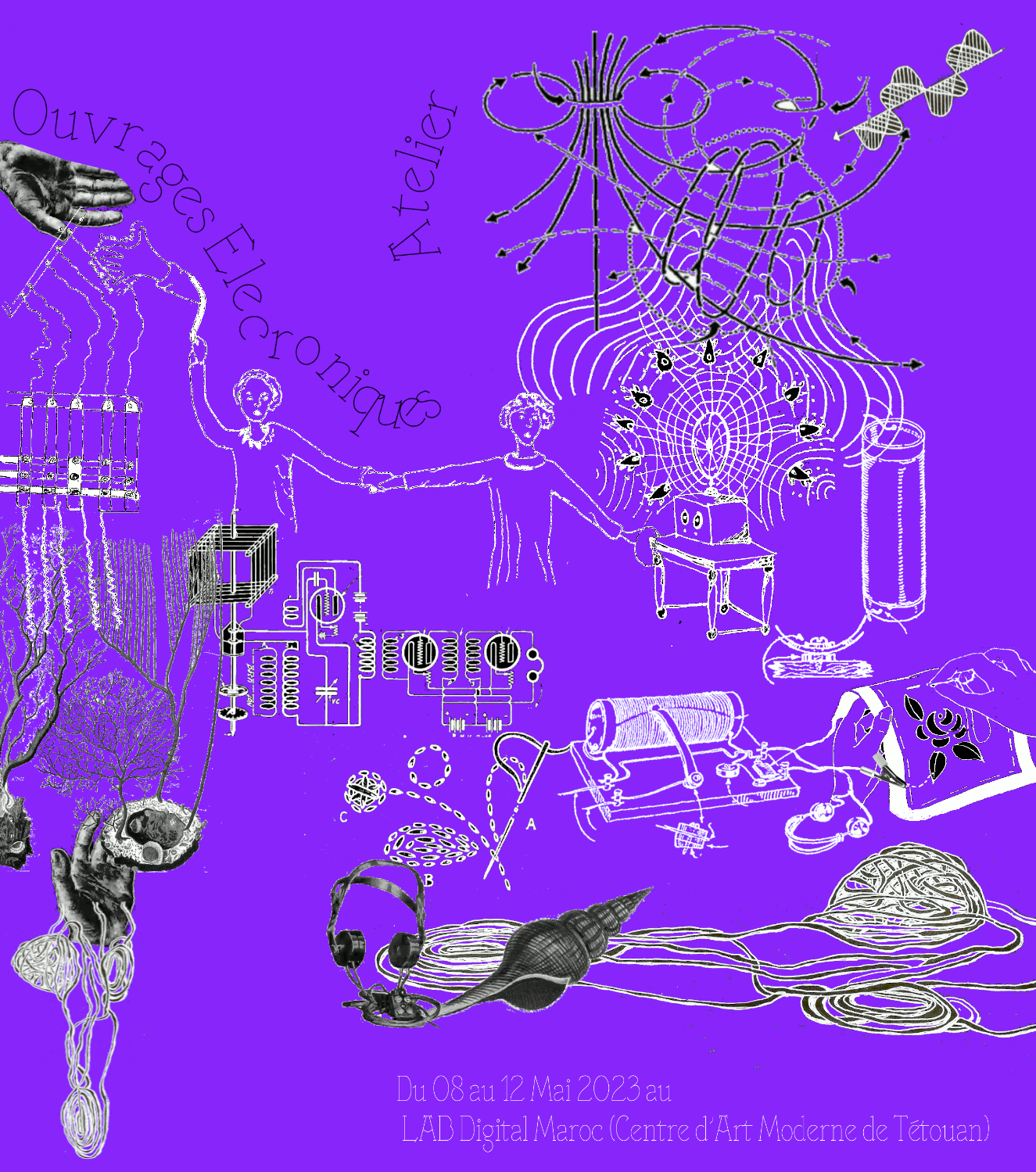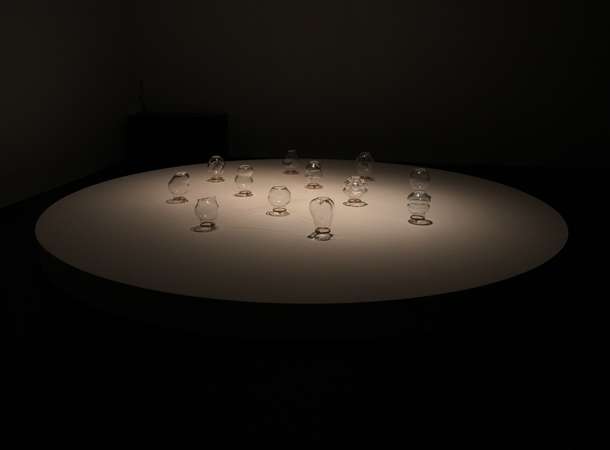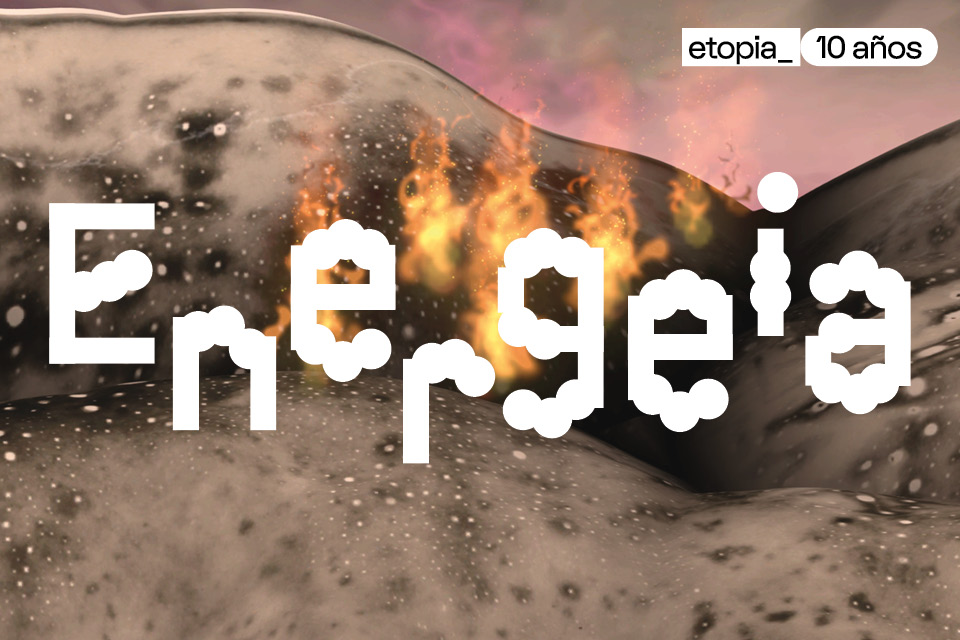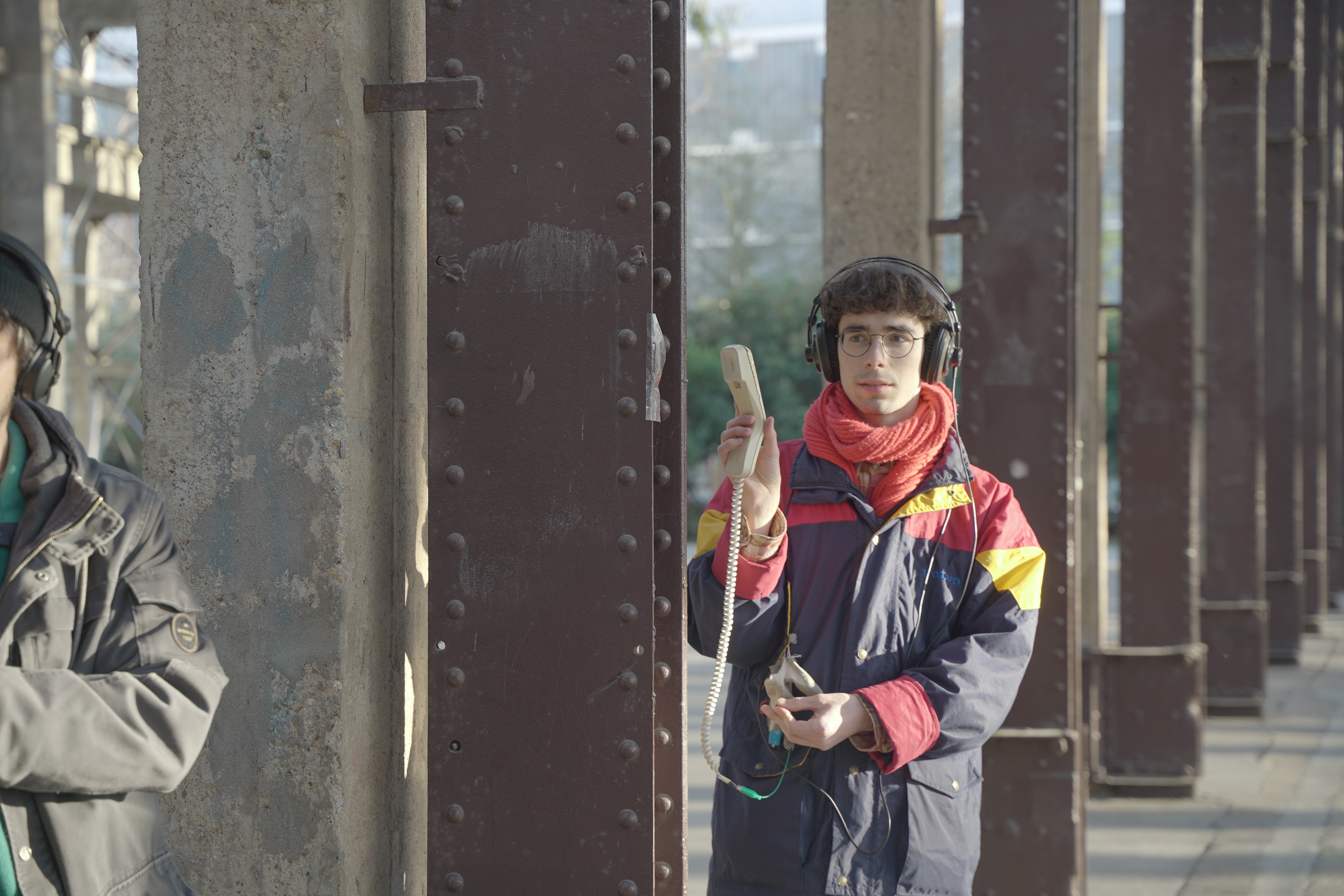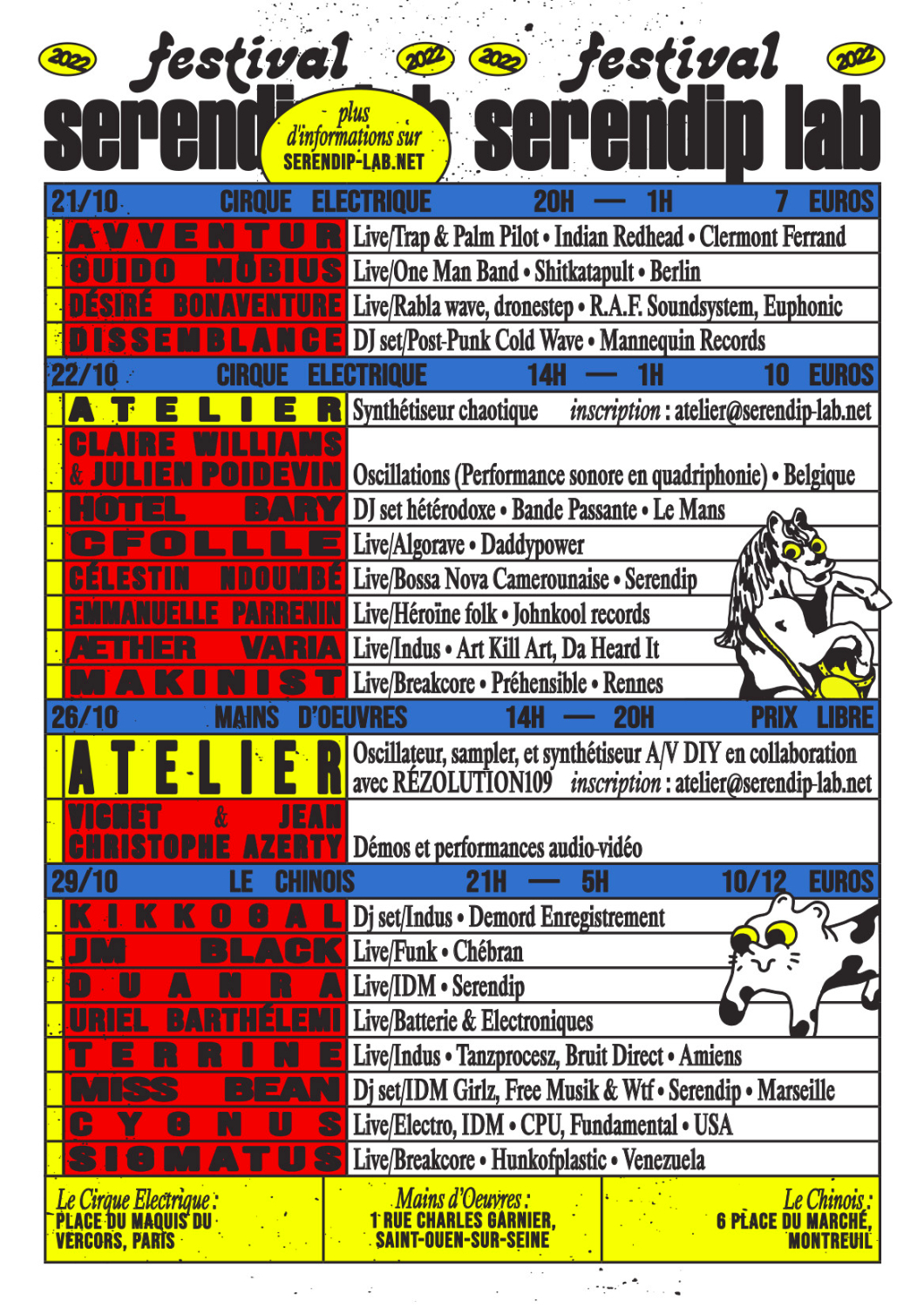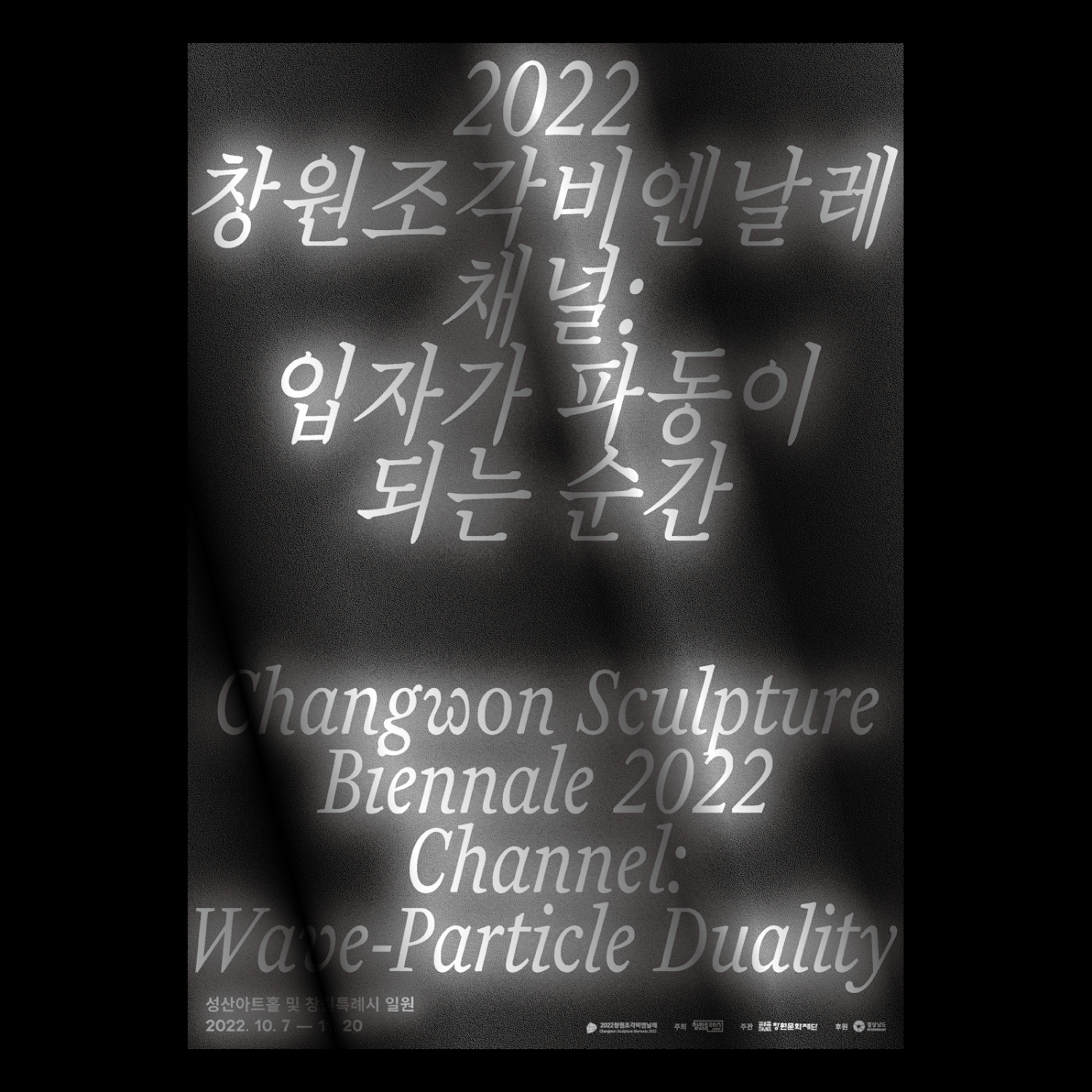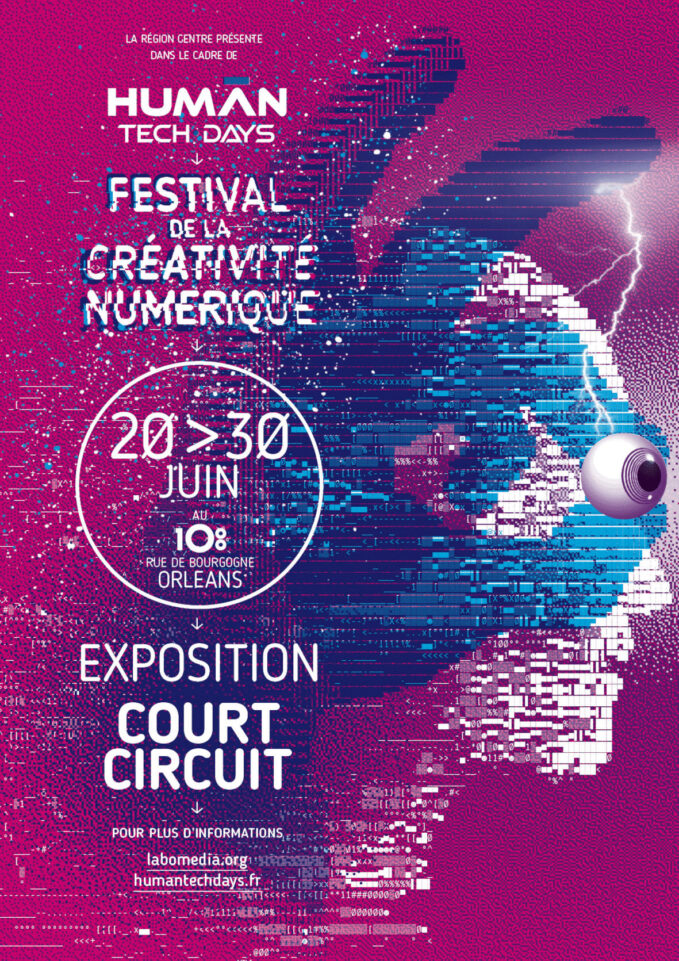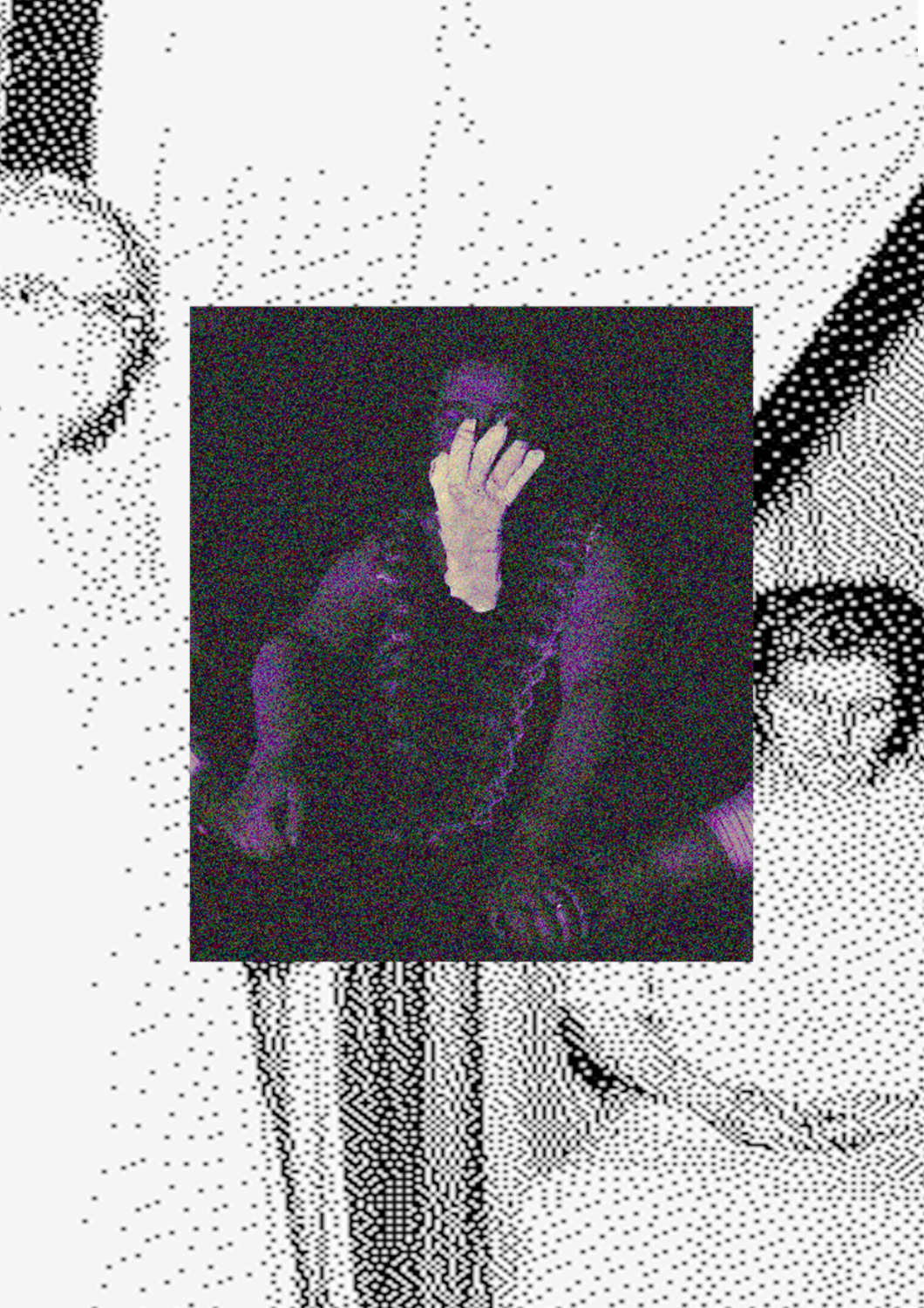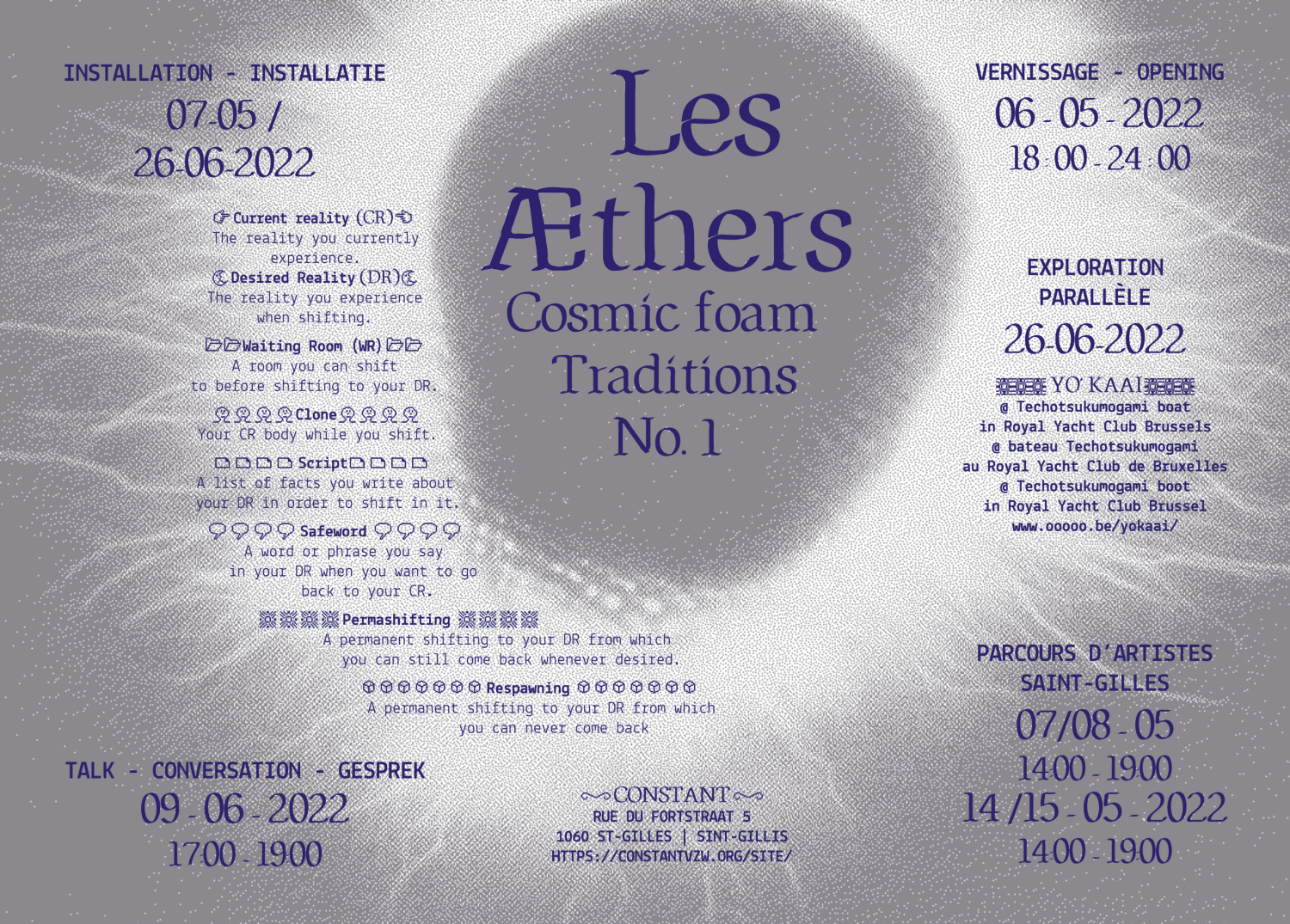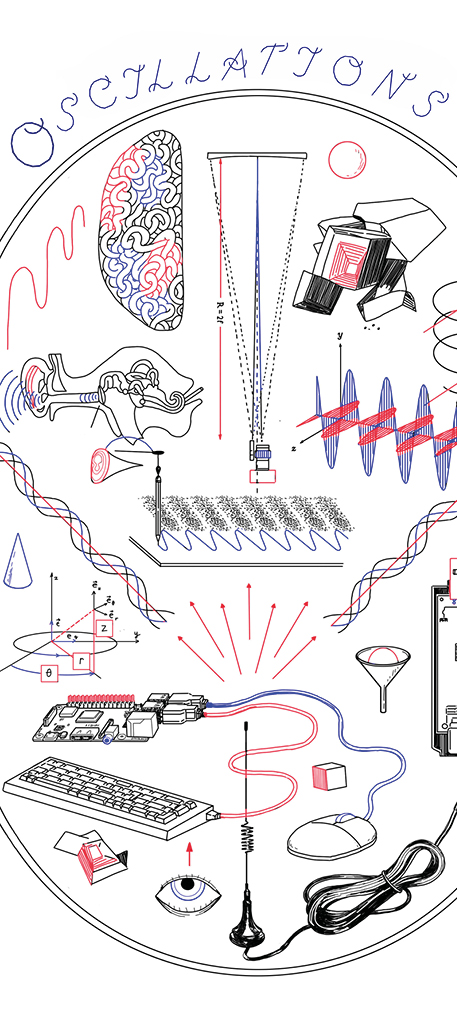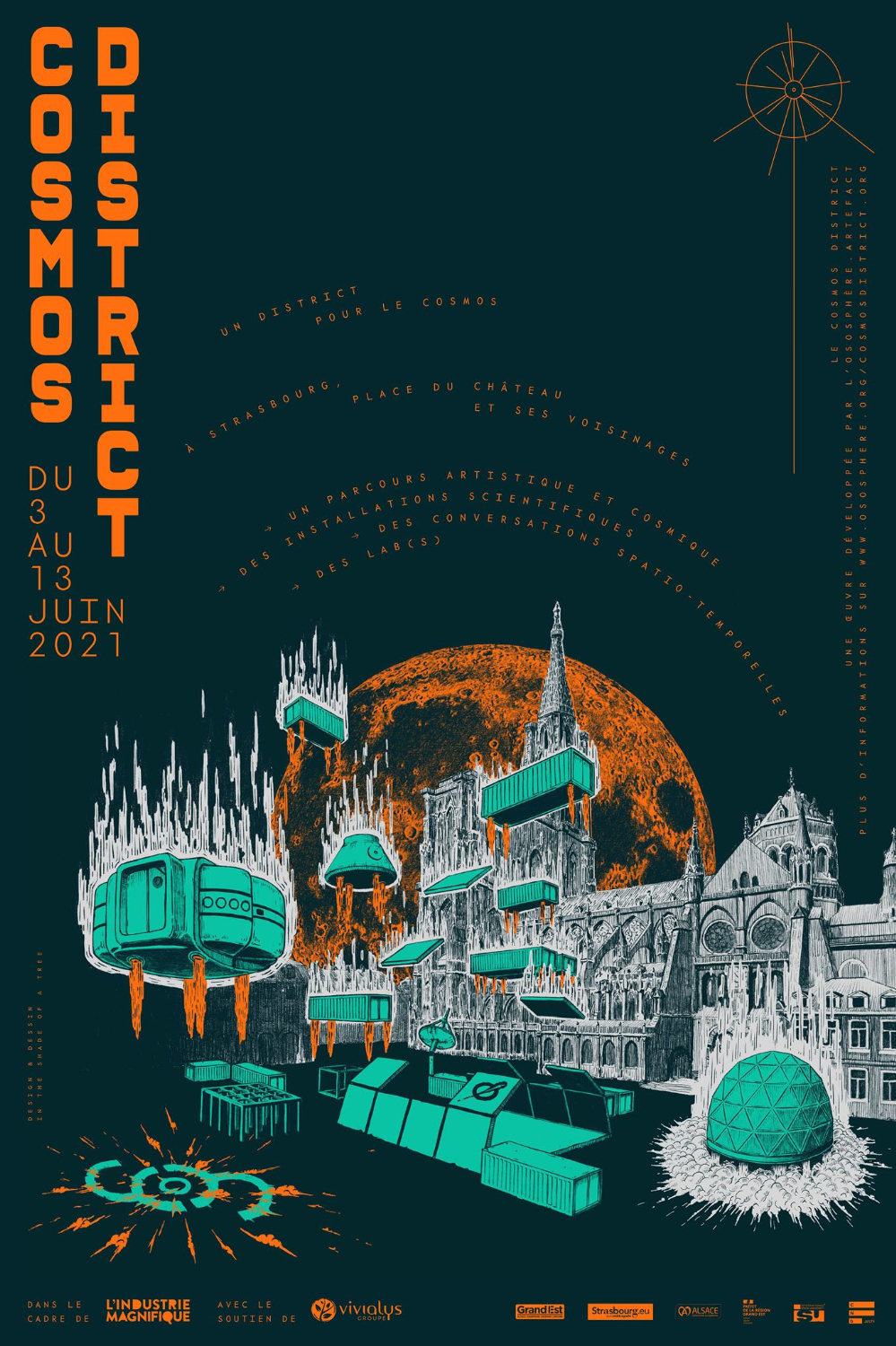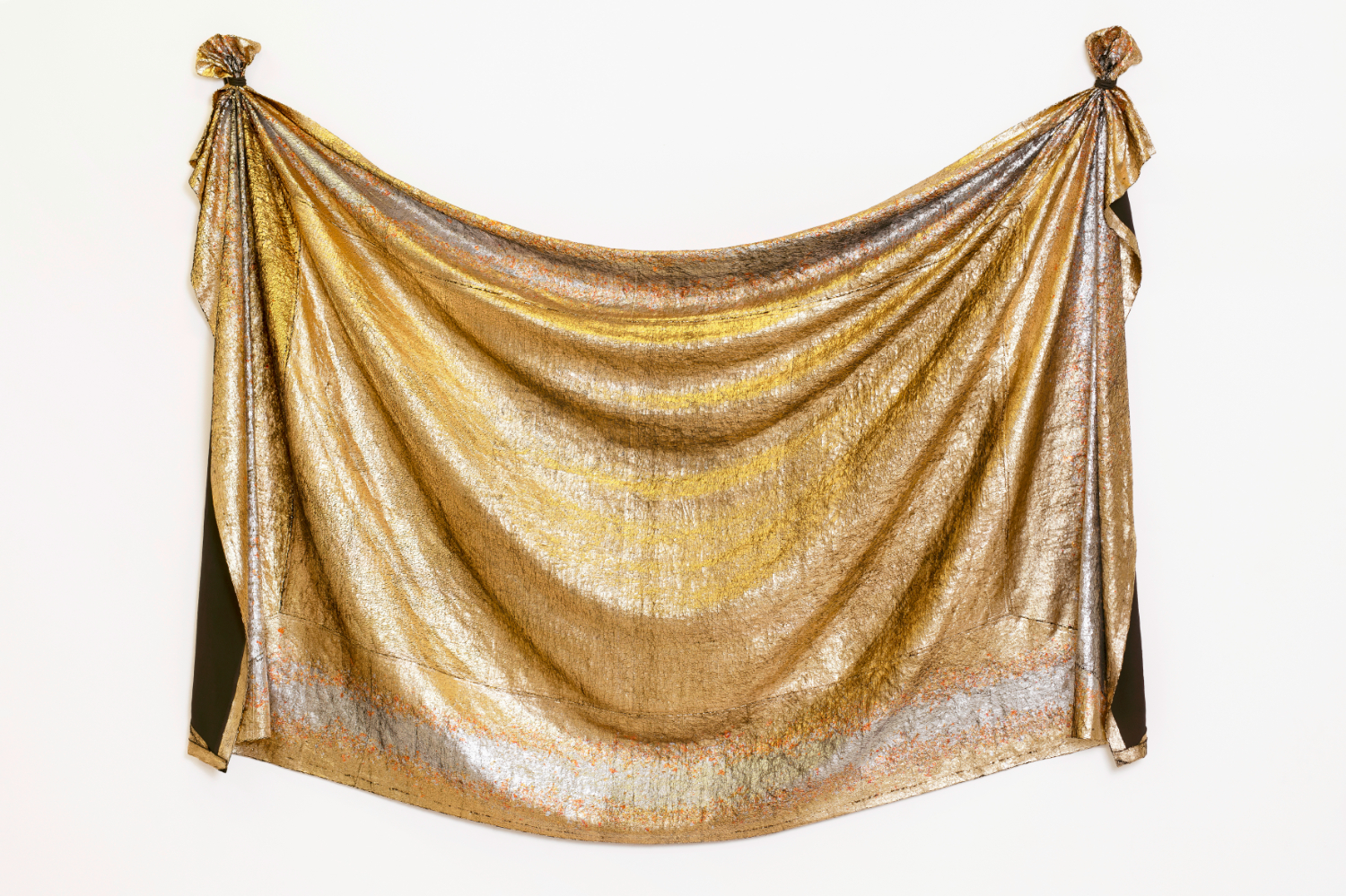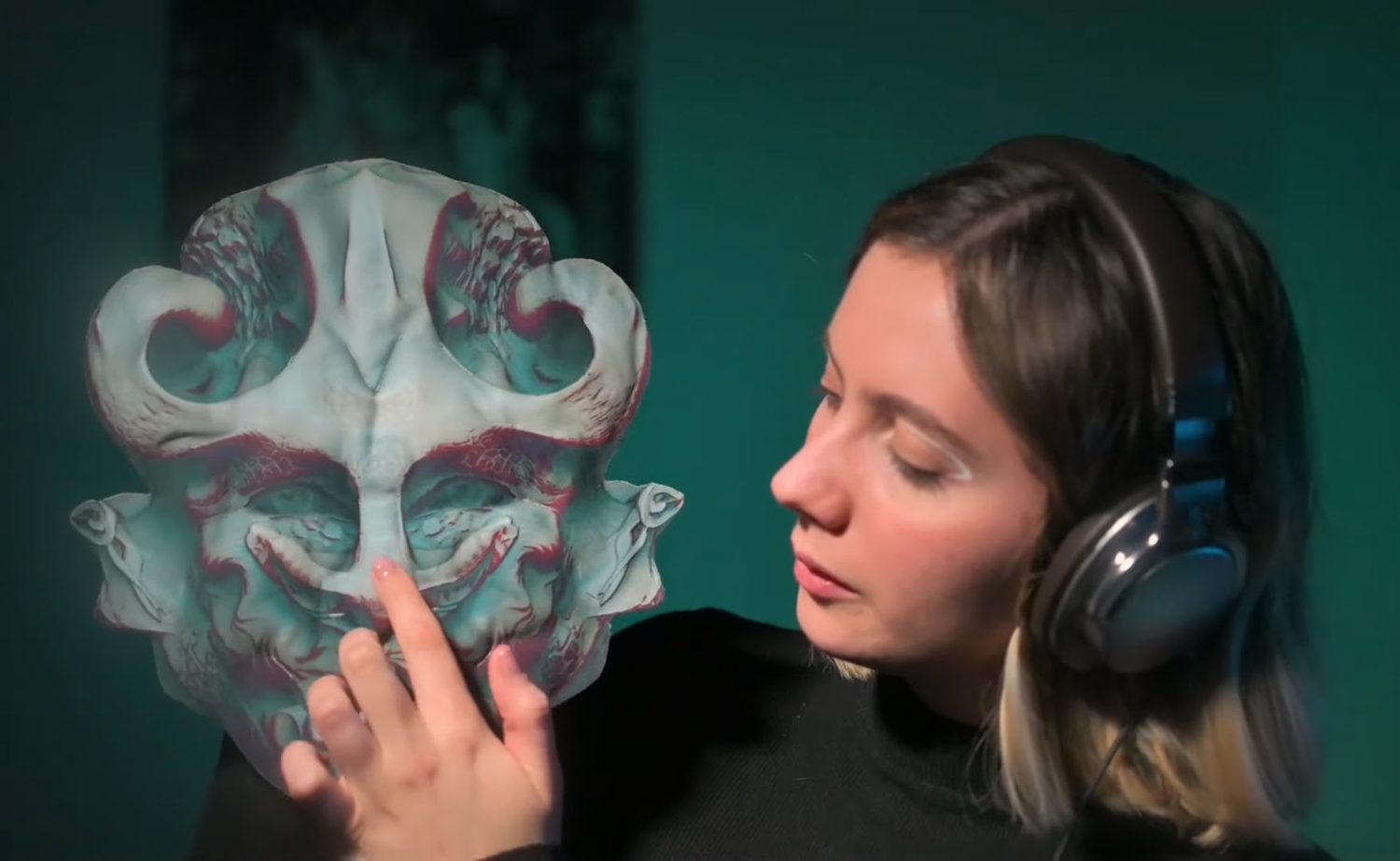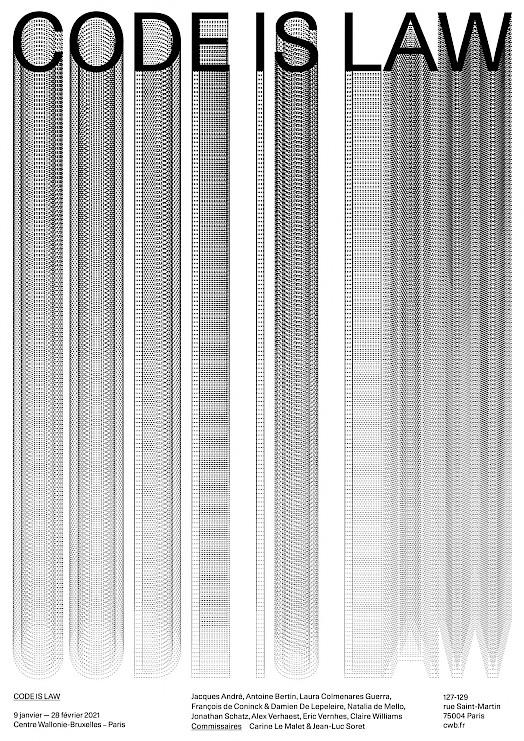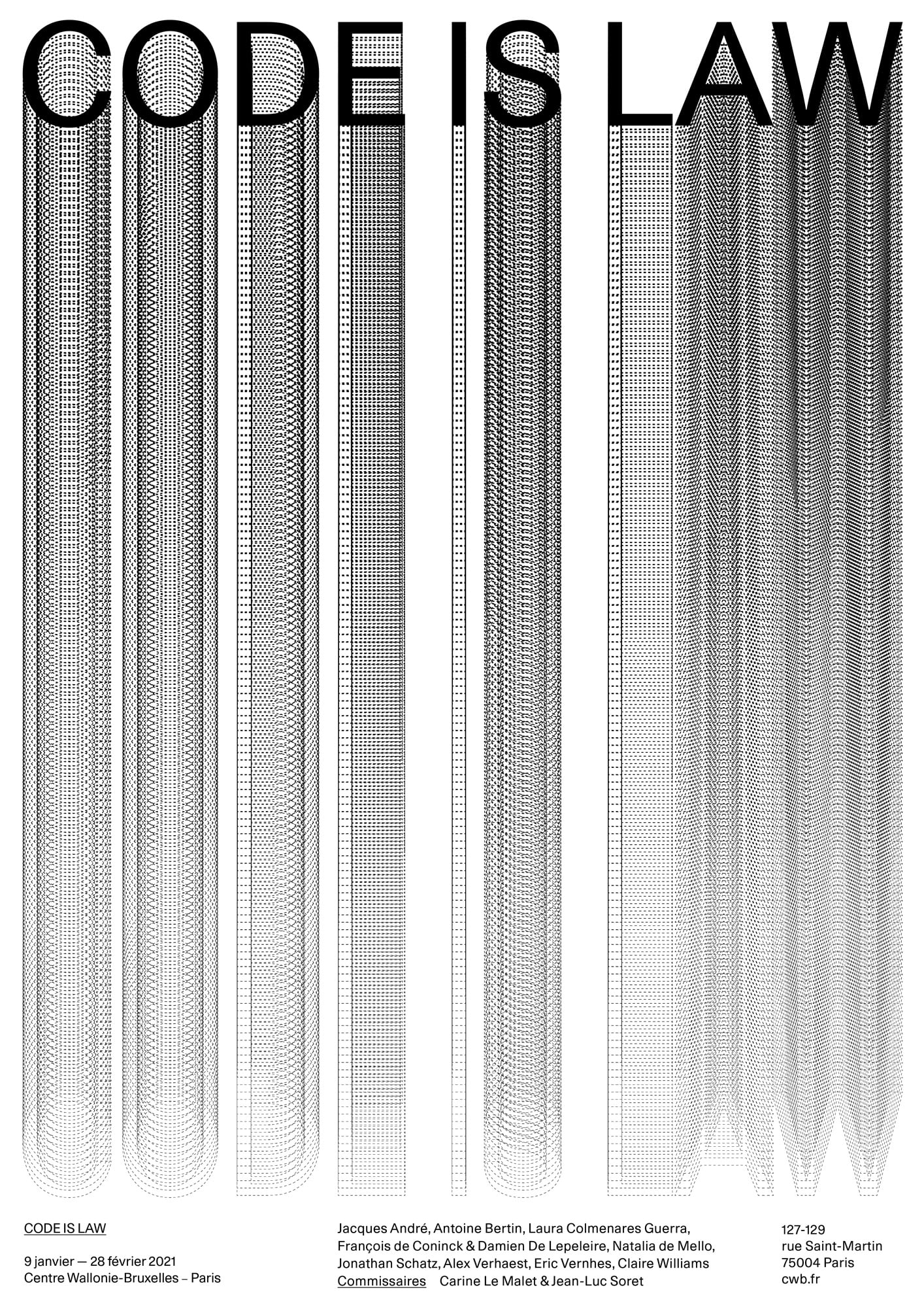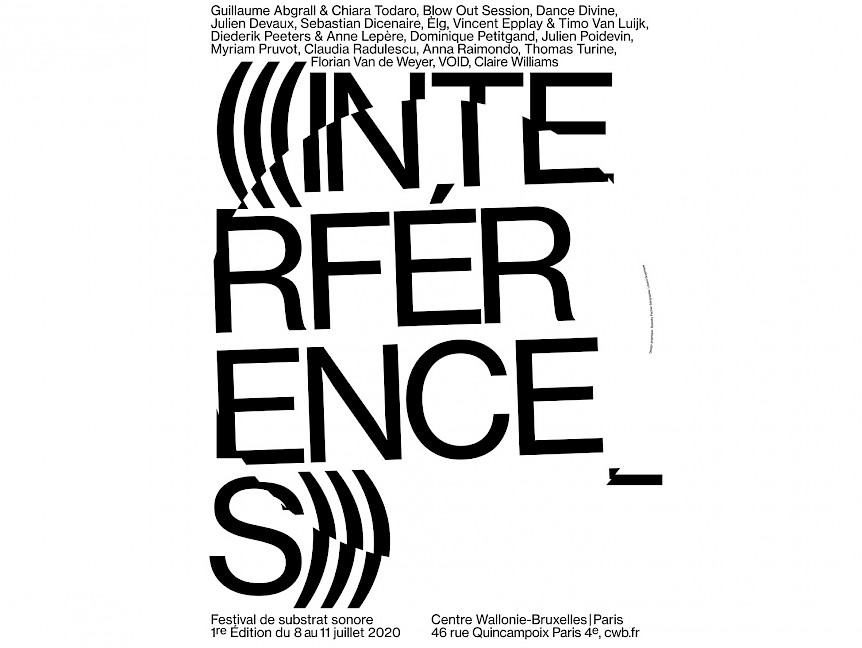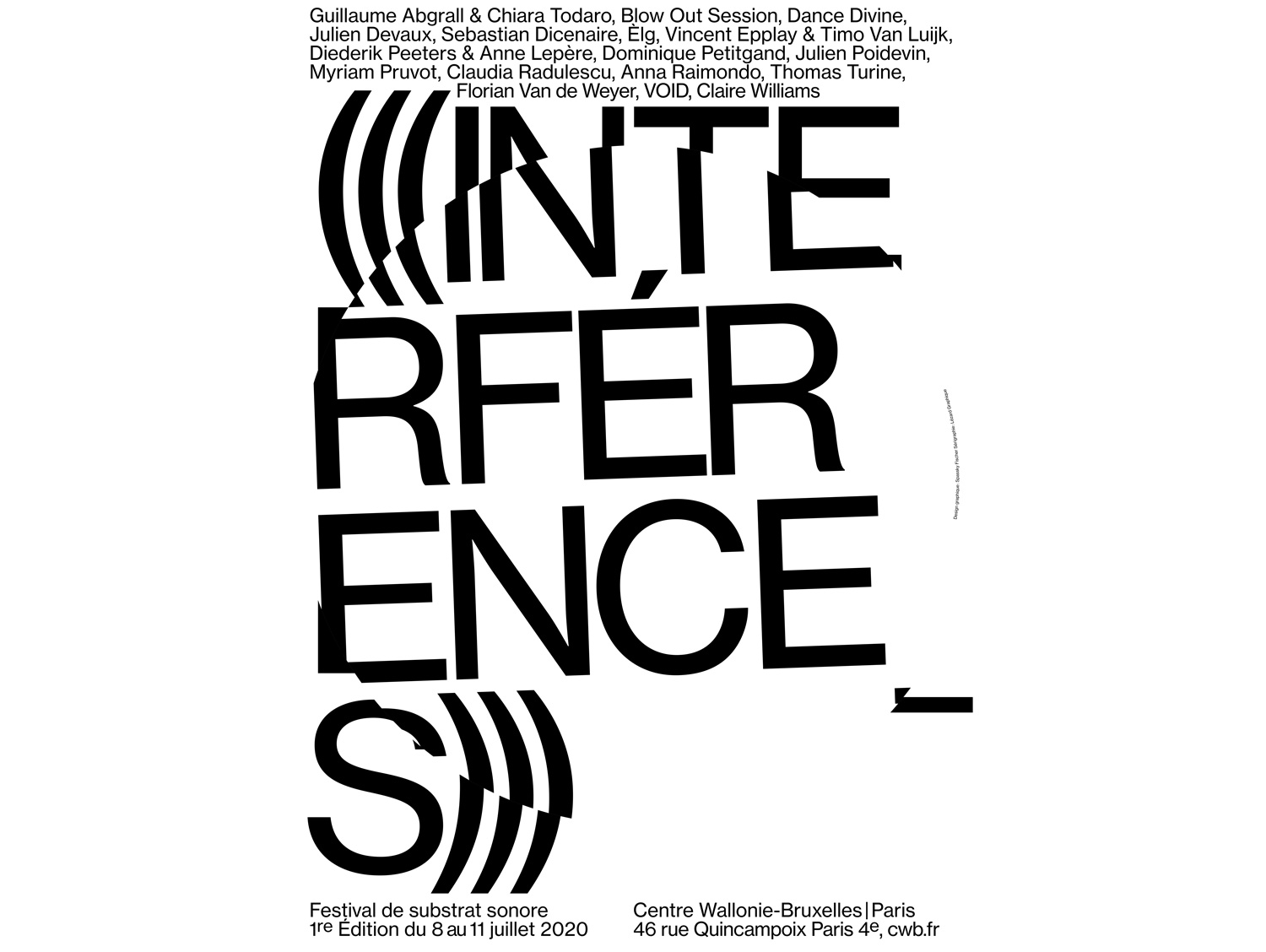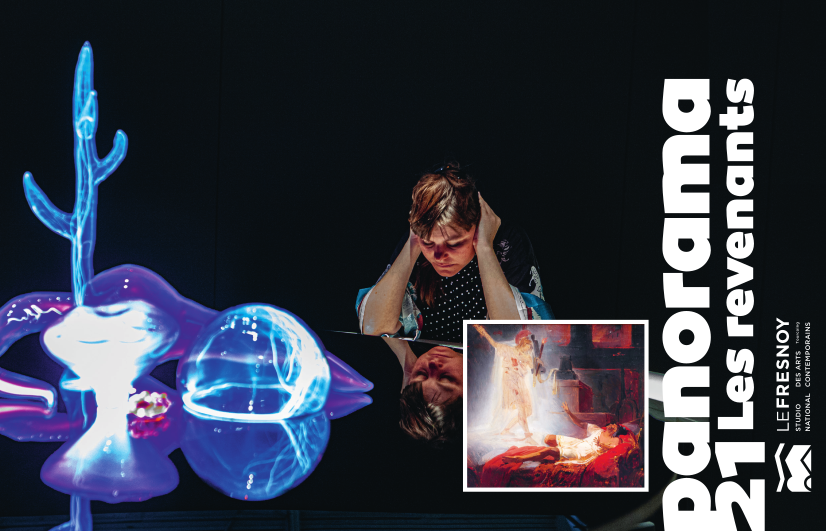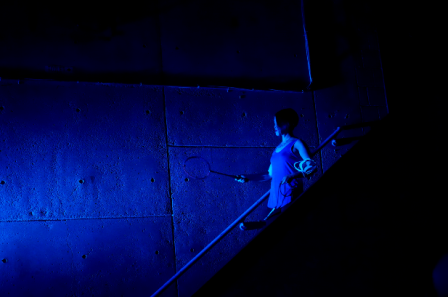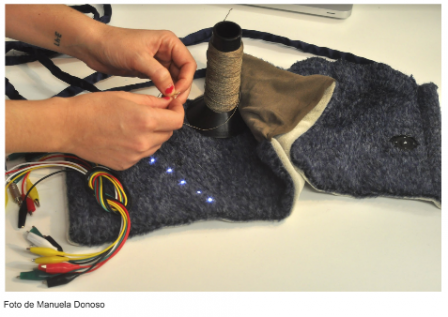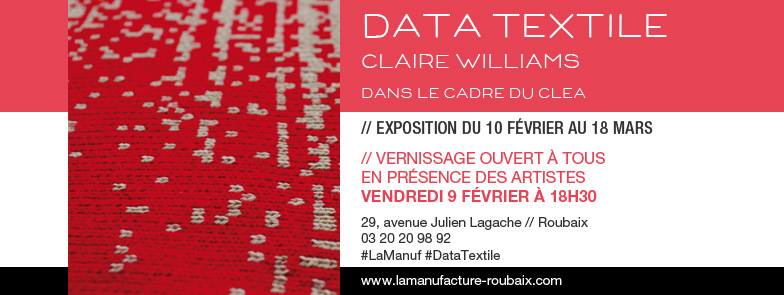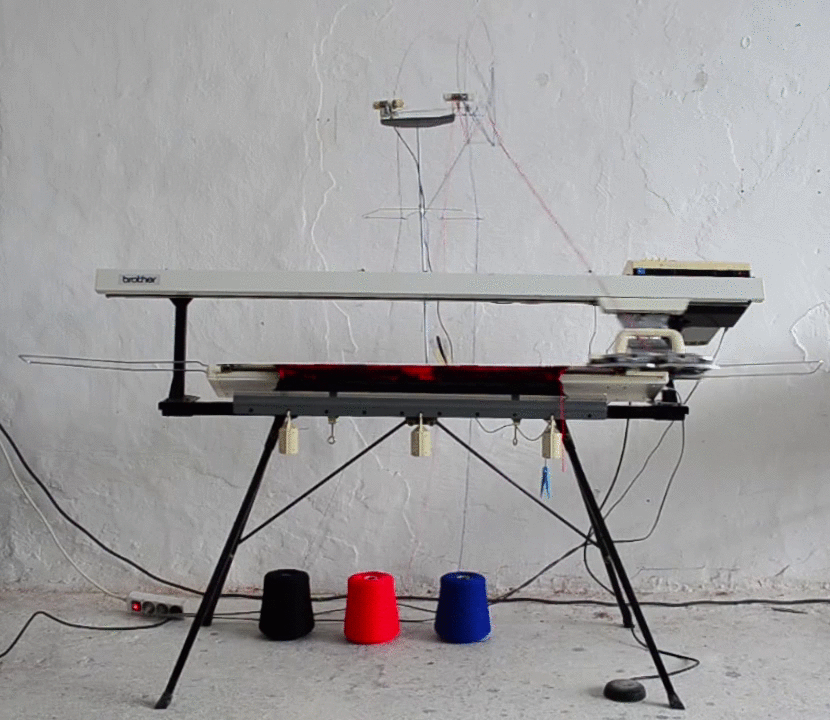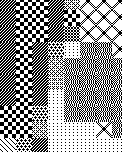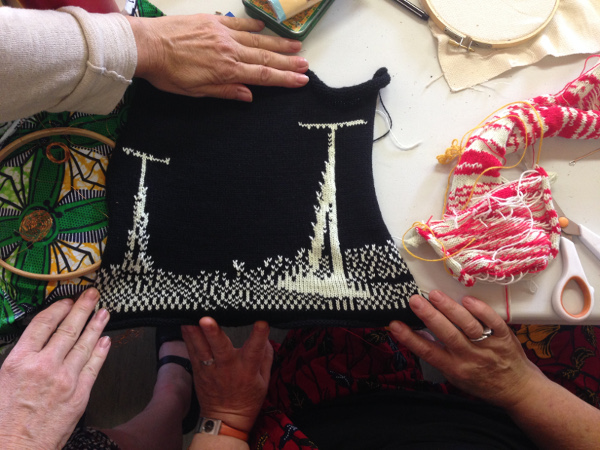FR
F.A.S.T. Femmes Arts Sciences Technologies est un projet culturel multidisciplinaire conçu par des étudiants du Master 1 en Gestion Culturelle de l’Université Libre de Bruxelles, dans le cadre d’un micro-projet de leur cursus universitaire. Ce projet a donné lieu à une exposition destinée au grand public, organisée dans le cadre exceptionnel du Laboratoire de Haute Tension de l’École polytechnique de Bruxelles.
Produite par Ohme et ULB Culture, F.A.S.T. vise à mettre en lumière la production intellectuelle méconnue des femmes dans les domaines des arts, des sciences et des technologies.
L’exposition se compose de deux sections principales, historique et artistique, et aborde la question de l’invisibilisation des femmes dans l’histoire de ces disciplines.
L’ensemble du projet F.A.S.T. vise à créer des points de rencontre entre les disciplines artistiques et scientifiques, à mettre en valeur la communauté universitaire, à sensibiliser le public à l’égalité des genres et à valoriser la production intellectuelle féminine.
Une perspective Historique
La section historique comprend une chronologie de femmes remarquables dans l’histoire des arts et des sciences, ainsi que des portraits de femmes qui se sont distinguées dans des domaines tels que la médecine, la peinture, la littérature ou la physique.
Ces portraits sont accompagnés de commentaires historiques qui abordent la question de la place des femmes dans l’évolution de la société occidentale. L’exposition s’intéresse également aux mécanismes d’invisibilisation des femmes dans l’histoire des arts visuels et de la recherche scientifique, ainsi qu’à l’Artscience, un domaine créatif émergent.
Des œuvres contemporaines
En parallèle, des œuvres et des installations d’artistes contemporaines émergentes basées dans la Région de Bruxelles-Capitale et qui intègrent la science et la technologie dans leurs processus créatifs sont présentées. Le programme artistique est composé de Laura Colmenares Guerra, Nazanin Fakoor, Federica Fantini, Ophélie Lhuire et Claire Williams.
Chacune d’entre elles explore différents sujets scientifiques ou utilise les les technologies dans sa création artistique afin de créer des expériences artistiques visuelles et interactives uniques.
EN
F.A.S.T. Femmes Arts Sciences Technologies is a multidisciplinary cultural project conceived by students of the Master 1 in Cultural Management of the Université libre de Bruxelles, in the framework of a micro-project of their university course. This project resulted in an exhibition for the general public, organised in the exceptional setting of the High Voltage Laboratory of the Brussels School of Engineering.
Produced by Ohme and ULB Culture, F.A.S.T. aims to highlight the hidden intellectual production of women in the arts, sciences and technologies.
The exhibition consists of two main sections, historical and artistic, and addresses the issue of the invisibilisation of women in the history of these disciplines.
The entire F.A.S.T. project aims to create meeting points between the artistic and scientific disciplines, to highlight the academic community, to raise public awareness of gender equality and to value female intellectual production.
A Historical Perspective
The historical section includes a chronology of remarkable women in the history of the arts and sciences, as well as portraits of women who have distinguished themselves in fields such as medicine, painting, literature or physics.
These portraits are accompanied by historical commentaries that address the question of the place of women in the evolution of Western society. The exhibition also looks at the mechanisms of invisibilisation of women in the history of visual arts and scientific research, as well as at Artscience, an emerging creative field.
Contemporary works
In parallel, works and installations by emerging female contemporary artists based in the Brussels-Capital Region who integrate science and technology into their creative processes are presented. The artistic programme consists of Laura Colmenares Guerra, Nazanin Fakoor, Federica Fantini, Ophélie Lhuire and Claire Williams.
Each of them explores different scientific topics or uses technology in their practice to create unique visual and interactive art experiences.
https://ohme.be/studio/fast/
